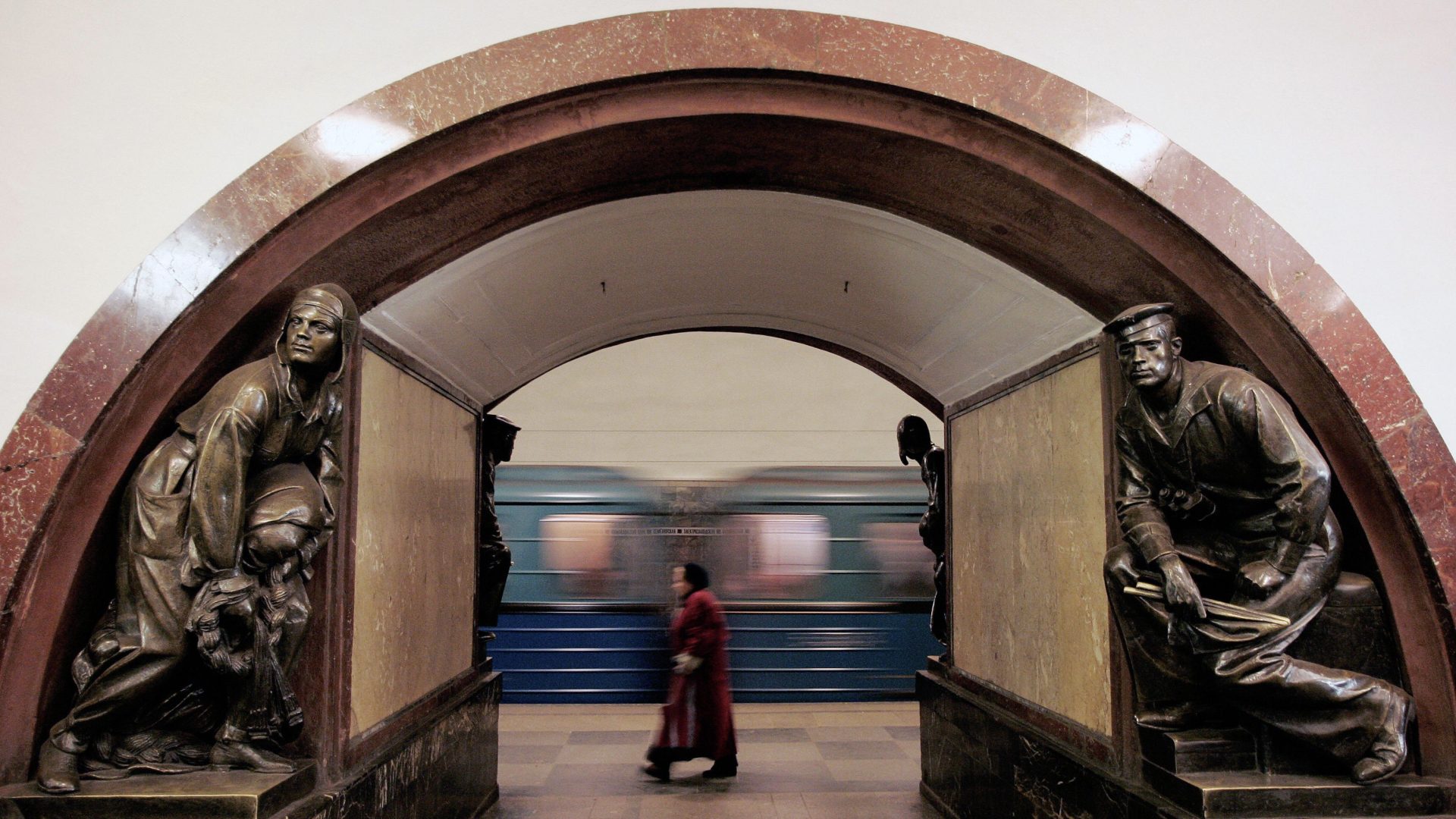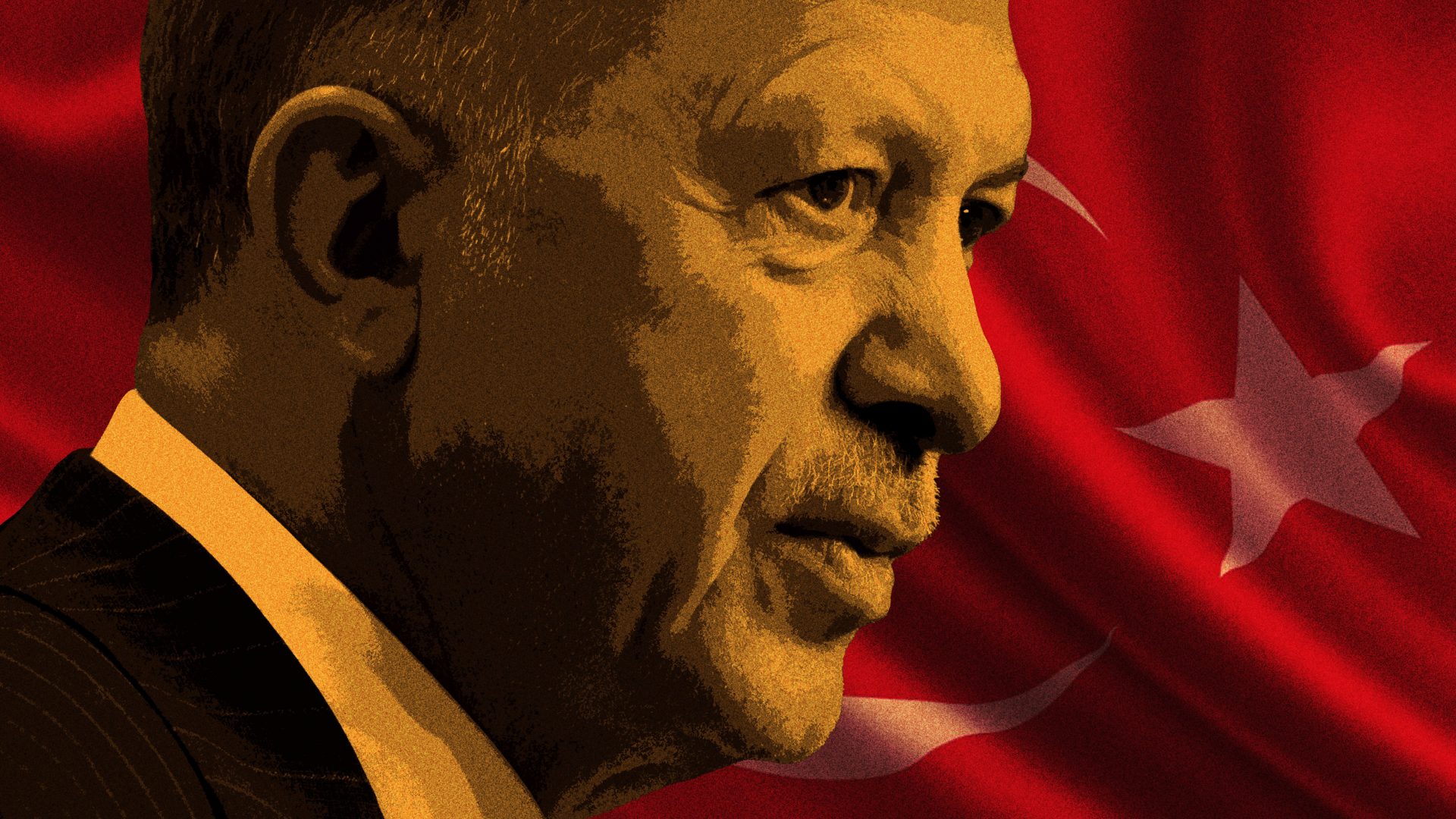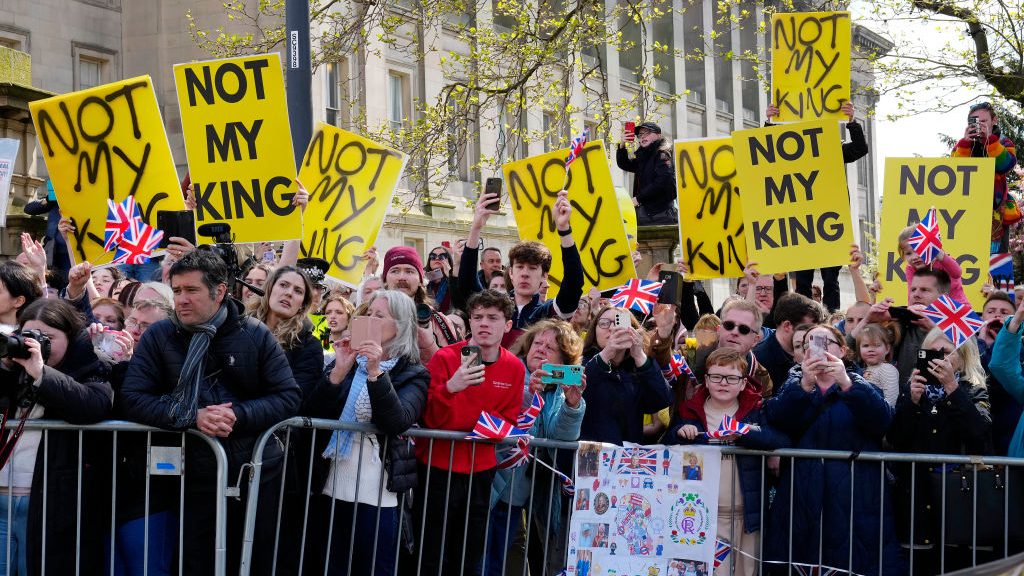Moscow’s global reputation may be shrinking, but the same cannot be said of the city’s underground rail network. Back in March, the Moscow Metro opened “the Big Circle Line”, a 70km loop that cost £5.3bn to build, a rare large-scale infrastructure project in Russia at the moment. In an online statement, Vladimir Putin, for whom size has always been a significant talking point, announced that the new construction was the world’s largest underground rail loop.
The Moscow underground system is famous for its ambition, in both scale and design. Beginning in the 1930s, Stalin used slave labour for the initial excavations, and invited engineers from the London Underground to act as consultants. Among other things, they advised the use of escalators instead of lifts to service the platforms below. The great leader evidently took their advice – but then in a fit of typically Stalinesque paranoia, he had them all deported on the basis that they were all spies and had learned far too much about the city’s infrastructure.
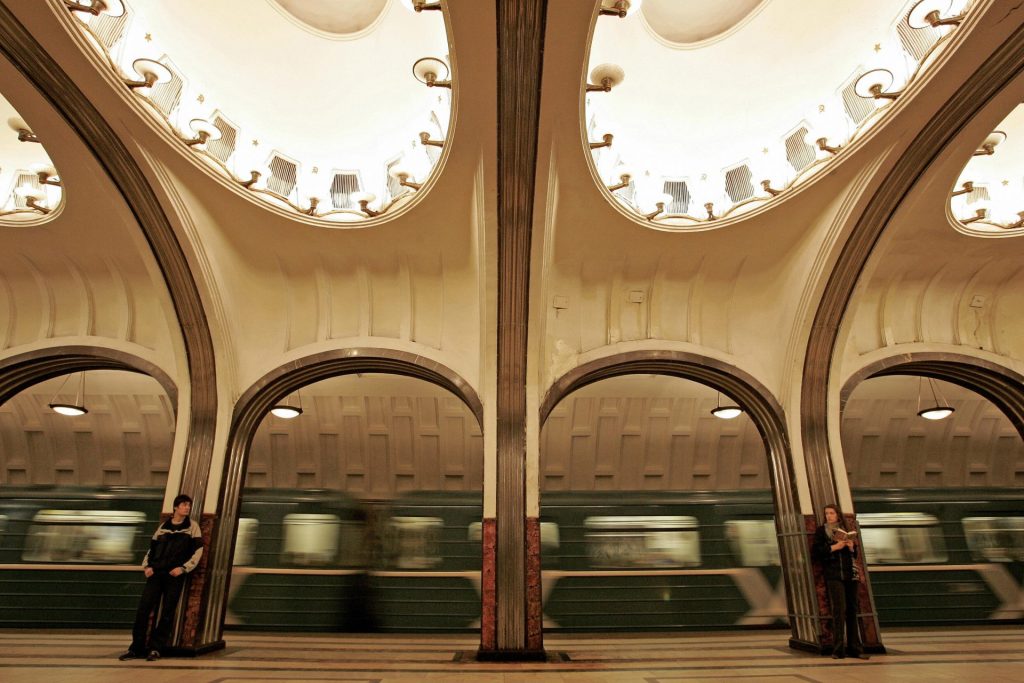
A psycopathic monster then oversaw the construction of an engineering marvel. The Moscow underground is a thing of astounding grandeur. The earliest stations, those of the 1930s, are perhaps a little austere. Christye Prudy station, for example, with its sombre grey marble, though impressive, has the atmosphere of a dictator’s mausoleum. But Mayakovskaya station, built only three years later, is a brilliant underground colonnade, with all the light and space of a ballroom, albeit one that wouldn’t have been out of place in The Shining.
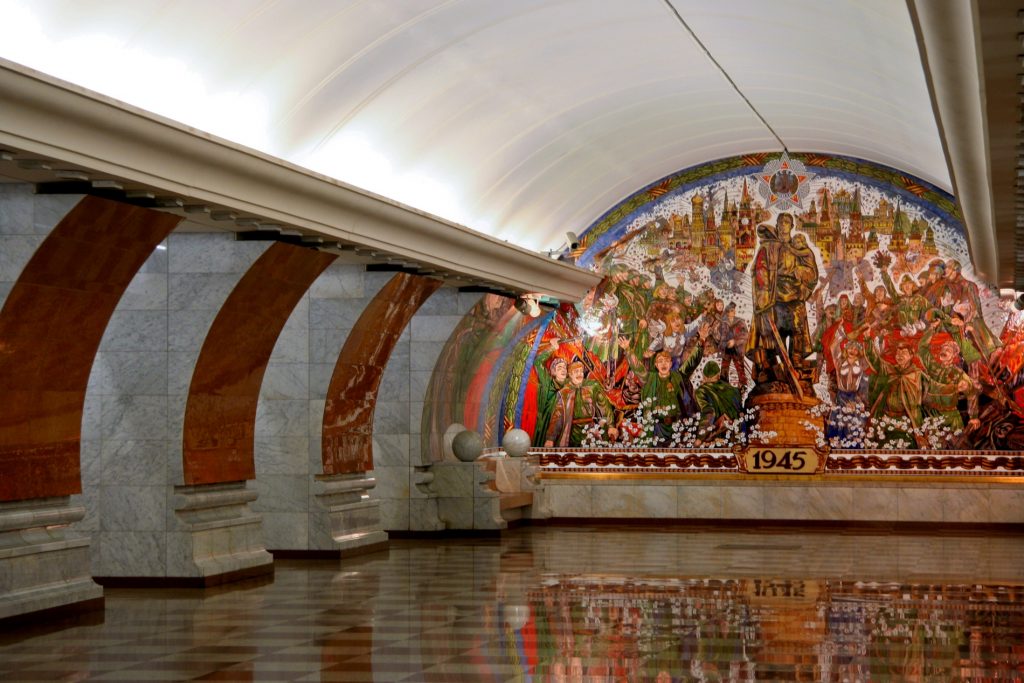
Despite the heavy totalitarian overtones, the designs of the old Moscow underground stations are astounding, and run through an array of styles, from neoclassical to the kind of outlandish baroque you might find in a Donald Trump penthouse.
As for the 31 new stations, well, perhaps they lack some of the impact of the older designs, though this may have something to do with the welcome absence of slave labour. Not even Putin would go that far. One hopes not, at least.
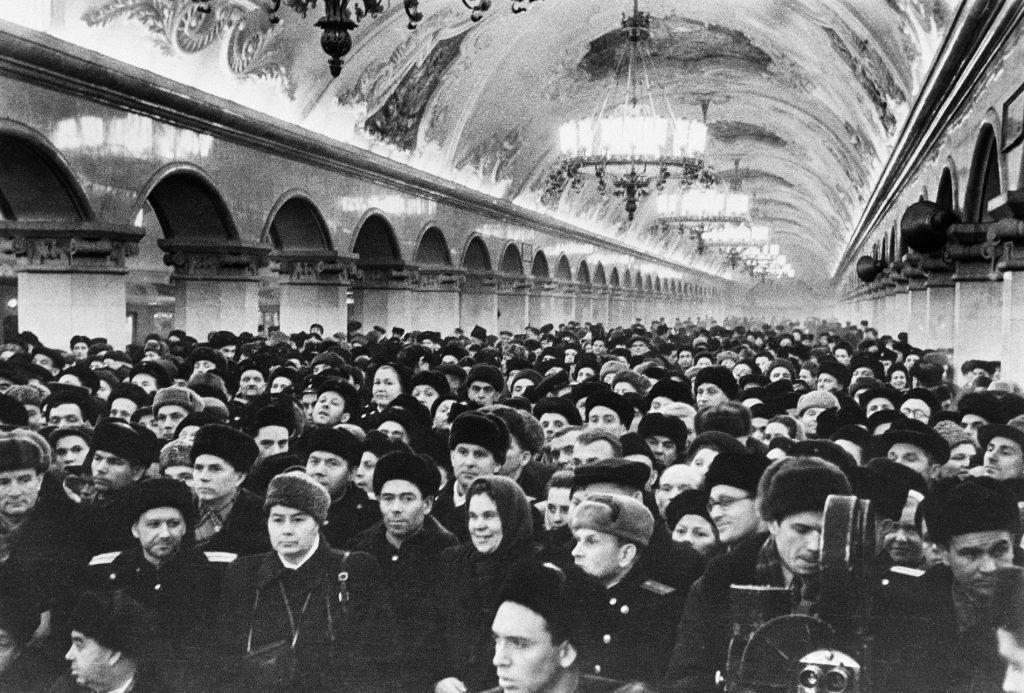
The huge fish depicted on the walls of the new Nagatinsky Zaton station are impressive, even though the overall design is a little humdrum. The Elizabeth Line, no great aesthetic achievement, is more impressive.
The escalators leading down into Rizhskaya station have a certain technological cool, a white and black design that gives passengers the feel of descending into a vast subterranean Apple device. Other new stations have yet more futuristic touches, lighting displays and animated panels. But all that neon is going to age very quicky – and not particularly well.
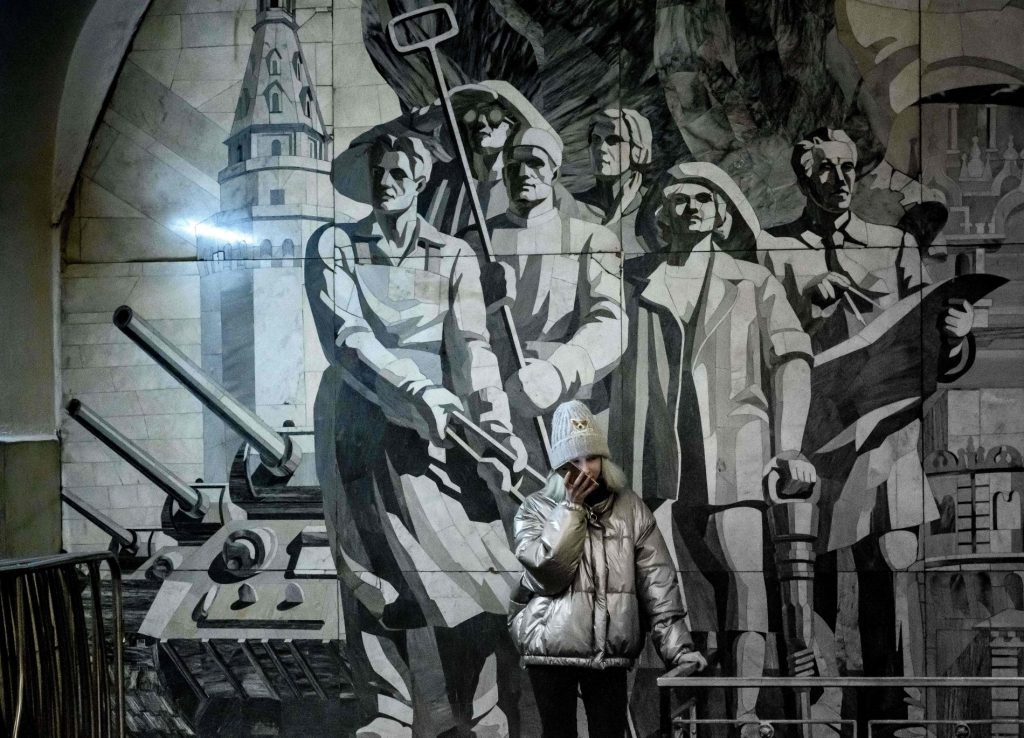
In 2020 the authorities introduced a “face pay” system, enabling passengers to buy a ticket using facial-recognition technology. It is unclear what happens to the data that is collected on all those commuting Muscovites, but it is not hard to imagine the use that Russia’s security agencies could make of it. One of the great Russian achievements of the modern era is not without its sinister side.

